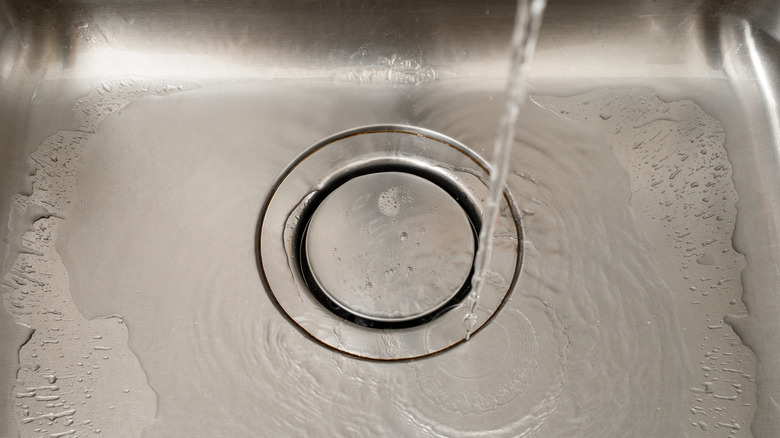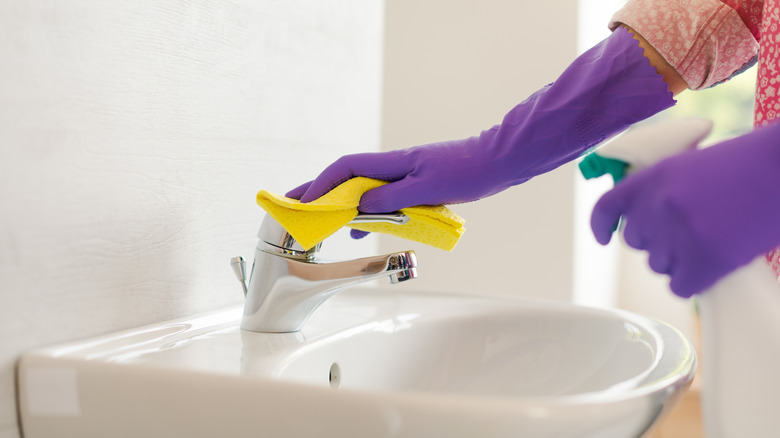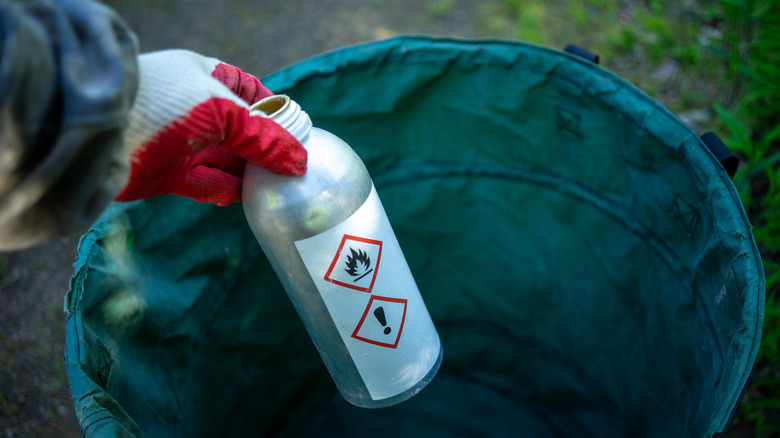Homeowners Urged To Stop Putting This Cleaner Down The Drain
Ammonia has long been a staple in household cleaning routines, praised for its ability to slice through stubborn grease, streak-free shine glass, and erase grime from nearly any surface. It's cheap, accessible, and feels like a cleaning cure-all, but what you might not realize is that this convenience comes with a hidden cost. Despite its reputation as a household hero, ammonia is the one cleaning essential you should never pour down the drain. What seems harmless during cleanup can actually cause major problems once it leaves your sink.
Homeowners who rinse it away can trigger damage that reaches far beyond their plumbing system. While it's undeniably versatile, ammonia poses serious risks to both human health and the environment. That's why everyone should think twice before pouring it away, because a little caution today can prevent serious trouble tomorrow.
Why it's a problem
Just because you use ammonia as a cleaner doesn't make it safe. In fact, it can actually cause a lot more harm than good, so avoid this dangerous mistake when cleaning with ammonia. The first problem is that it's tough on your plumbing. Ammonia is corrosive and can slowly eat away at your copper and galvanized steel pipes. This can lead to leaks, bursts, and expensive repairs. There's also the issue of fumes. When ammonia is poured down the drain, it can release toxic vapors that can irritate your eyes, nose, and throat.
Breathing them in too much can even lead to breathing problems. And the trouble doesn't stop at your sink. Once ammonia washes down your drain, it can make its way into the water supply. That's bad news for fish, plants, and the overall health of waterways. If you rely on a septic system, ammonia causes even more problems. It affects the natural bacteria that clean up the waste and keep your tank working properly. Finally, ammonia doesn't always leave your sink or tub looking clean. It can leave behind cloudy stains or marks that are hard to scrub away, and in trying to remove them, you might end up damaging your fixtures even more.
Safer ways to clean and dispose of ammonia
Ammonia belongs on the list of cleaning products you should use with caution in your kitchen and bathroom because of what happens when it's handled the wrong way. If you spill some, the safest move is to blot it up with something that can soak in liquid, like sand, sawdust, baking soda, or even kitty litter.
Once ammonia is absorbed, seal the material in a container, mark it as hazardous, and take it to a proper disposal site instead of tossing it in the trash. If you need to get rid of leftover ammonia instead of putting it down the drain, use water to dilute it. This can make it safer to handle. All you have to do is use about ten parts water for every one part ammonia, so the solution is much weaker before disposal. The general rule of thumb is to make sure there is always far more water than ammonia when you dilute it.


